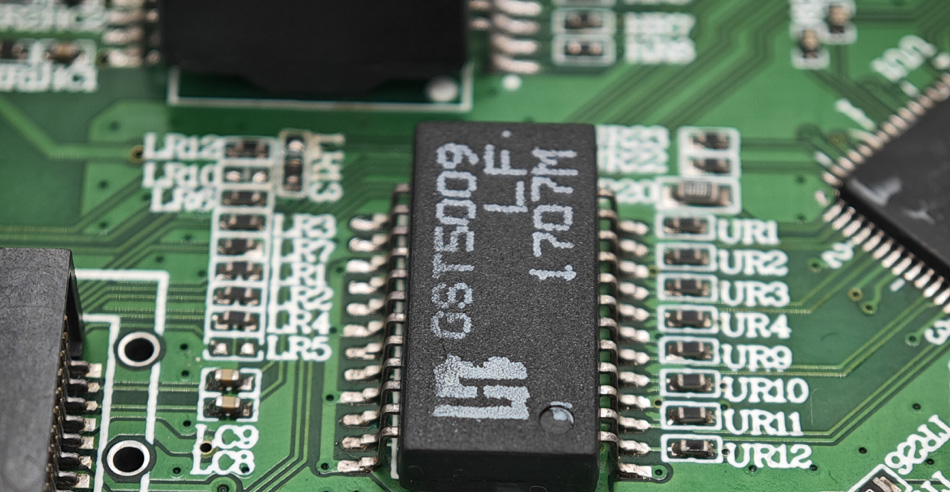- English
- Español
- Português
- русский
- Français
- 日本語
- Deutsch
- tiếng Việt
- Italiano
- Nederlands
- ภาษาไทย
- Polski
- 한국어
- Svenska
- magyar
- Malay
- বাংলা ভাষার
- Dansk
- Suomi
- हिन्दी
- Pilipino
- Türkçe
- Gaeilge
- العربية
- Indonesia
- Norsk
- تمل
- český
- ελληνικά
- український
- Javanese
- فارسی
- தமிழ்
- తెలుగు
- नेपाली
- Burmese
- български
- ລາວ
- Latine
- Қазақша
- Euskal
- Azərbaycan
- Slovenský jazyk
- Македонски
- Lietuvos
- Eesti Keel
- Română
- Slovenski
- मराठी
- Srpski језик
Redundant circuits and backup systems in PCBA design
In PCBA design, redundant circuits and backup systems are an important design strategy to improve system reliability and fault tolerance. These strategies can help ensure that in the event of a failure or unexpected situation, the system can still operate normally or quickly switch to a backup mode. Here are some key aspects and strategies regarding redundant circuits and backup systems:

Redundant Circuit:
1. Hardware redundancy:
Integrate multiple identical or equivalent hardware components on PCBA design, such as dual redundant power modules, redundant sensors, redundant processors, etc. If one component fails, the system can switch to another component that is working properly.
2. Path redundancy:
Create multiple redundant channels on the communication or data transmission path to ensure reliable transmission of data. If one channel fails, the system can switch to other channels.
3. Redundant cooling:
Use multiple heat sinks or fans to cool electronic components to ensure normal temperatures are maintained during high-load operation.
4. Redundant circuit board:
Integrate a backup circuit board on the PCBA design so that it can be replaced if the main circuit board fails. This is common in critical applications.
5. Spare antenna:
For communications equipment, multiple backup antennas can be used to ensure that the connection is maintained in the event of antenna failure or signal interference.
Backup System:
1. Hot backup system:
Set up an identical backup system that can take over immediately if the primary system fails. This is typically used in applications where system availability is extremely important.
2. Cold backup system:
Software and configuration are pre-installed on the backup system but do not run and will only be started if the primary system fails. This reduces energy consumption and maintenance costs.
3. Hot switching system:
Using automatic switching equipment, automatic switching to the backup system in the event of a primary system failure requires no manual intervention.
4. Cold switching system:
Requires manual intervention, but can quickly switch to a backup system in the event of a primary system failure.
5. Software backup:
Back up critical software and configuration files to ensure rapid recovery in the event of a system failure.
6. Cloud backup:
Back up critical data and settings to the cloud for recovery in the event of a local system failure.
Decision-Making and Monitoring:
1. Decision logic:
Decision logic that defines when the system switches to standby mode. This usually involves fault detection and setting of switching conditions.
2. Fault monitoring:
Implement system failure monitoring and automatic notification, as well as activate backup systems or perform redundancy switchovers when necessary.
3. Manual control:
Design manual control and switching options for some backup systems to allow manual operator intervention.
The PCBA design and implementation of redundant circuits and backup systems requires careful planning based on specific application needs and available resources. These strategies can significantly improve system reliability and fault tolerance, thereby reducing downtime and repair costs due to failures.
Send Inquiry
-
Delivery Service






-
Payment Options









